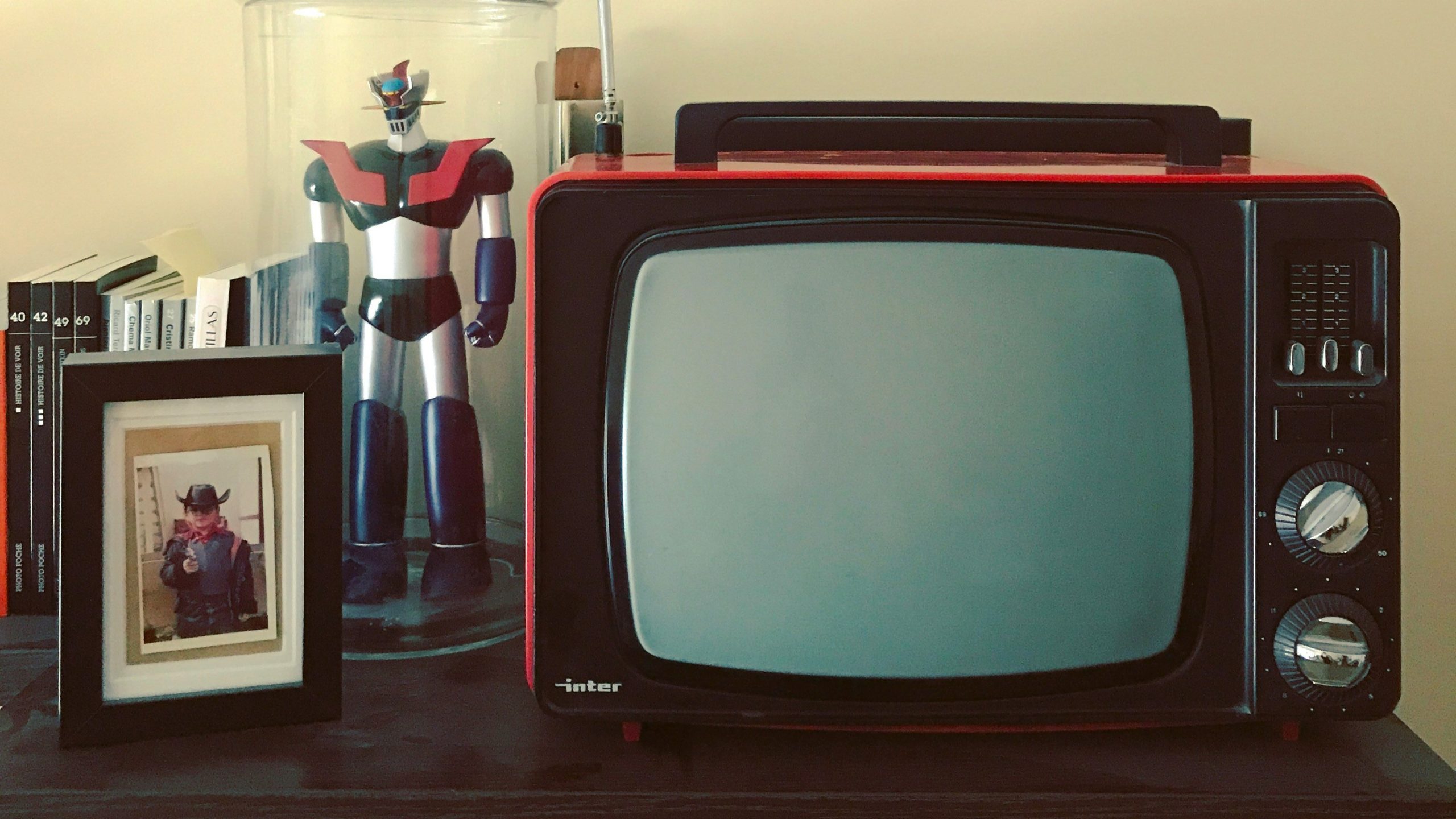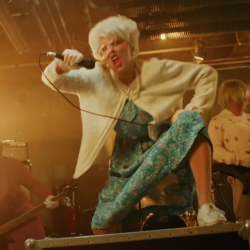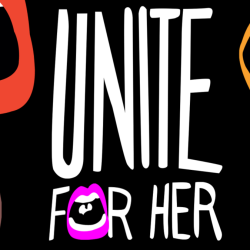It Ends with Us is currently the second biggest movie in the US. The film is advertised with florals and a huge focus on the film’s star, Blake Lively, who promoted it in a now-controversial TikTok by telling women to ‘grab your friends, wear your florals, and head out to see it’. The poster and seemingly loved-up promo images of Lively and actor-director Justin Baldoni frame the film as positively romantic, a rom-com. A fun film for a night out with the girls. This year’s Barbie. In reality, however, the film, and the book it is based on, is about domestic violence. Lily Bloom, the protagonist, is a florist (hence, the florals), who enters a relationship with an abusive man, and eventually leaves.
Post-Barbie desperation
It feels like the marketing team were desperate for It Ends With Us to be this summer’s Barbie, complete with a fashion trends (florals instead of pink) and a Barbenheimer-style rivalry with another hit film (Deadpool & Wolverine, which stars Lively’s partner, Ryan Reynolds).
The fact is, though, that you can’t force these things. Just because it worked for Barbie doesn’t mean it’ll work for a very different film. Not every piece of media can, or should, become a brand. It can stand on its own and have an impact without tons of branding.
Social media doesn’t take kindly to misleading media
People online see through things and are quick to call out inappropriate activations. Like when Warner Bros. reached out to white TikTokers asking for ‘purple-themed’ content to promote The Color Purple (2023), including a purple make-up tutorial… for a movie about a Black woman enduring physical and sexual abuse throughout her life.
This disconnect between the marketing and the movie’s subject matter has resulted in a widespread social media backlash. Under the infamous promo TikTok on the movie’s official channel, people have left comments like ‘I went to a movie the other night and wish there had been a warning before the preview. As a survivor of DV it triggered a panic attack’, with many others agreeing and sharing their own triggering experiences of the film.
This is unsurprising, given that 1 in 3 women (35.6%) and 1 in 4 men (28.5%) in the US have experienced rape, physical violence, and/or stalking by an intimate partner in their lifetime. These are awful numbers, that you’d expect the film’s marketing to bring attention to and provide support for.
A wider problem
This is not the first time It Ends with Us has had a mis-step. In 2023 the book’s publisher announced a colouring book based on the original novel. There was, unsurprisingly, a huge outcry in online bookish spaces, pointing out the surreal inappropriateness of a colouring book based on a text about DV. The colouring book was pulled, and the author apologised for the ‘tone-deaf’ project. Again, this is due to the perceived need to brand-ify everything, to excessively merchandise media. It feels like marketers get immediately focused on potential money-making motifs — flowers, colours, clothing — completely losing sight of what the product is about.
A disjointed message
We can see the evolution of the marketing, pushing towards a vague rom-com style. The book’s cover is admittedly pink, but features a crumbling, shattering flower, hinting at something sinister.
An early poster for the film therefore upheld the sinister feel, with grey tone photography and a tagline that spoke much more directly to domestic abuse (‘We break the pattern or the pattern breaks us’). The final poster, however, left the sinister mostly behind and focused on the flowers, which are shedding petals, but only slightly, and a smiling face. We do see (in very small writing) the tagline ‘We love, we break, we pick up the pieces’, but it’s vague. And among the huge flowers, gets totally lost.
Pure monetary gain, but at what cost?
The Barbie tactic worked, in terms of ticket sales at least, but the social media backlash has almost overshadowed the film itself. It’s Don’t Worry Darling all over again, but this time a very serious message is being purposefully lost. There may be an argument for the film as educational, teaching people how these relationships can develop and feel inescapable, but warning people should be a basic requirement, as evidenced by the many DV survivors speaking out against the cinema experience.
The lesson to be learned here may seem obvious — don’t mislead your customers — but it bears repeating. The film may have made money so far, but is now mired with controversy, disappointment, and for some, relived trauma. Not exactly the impact it was going for.
Featured image: Roman Odintsov / Pexels


































